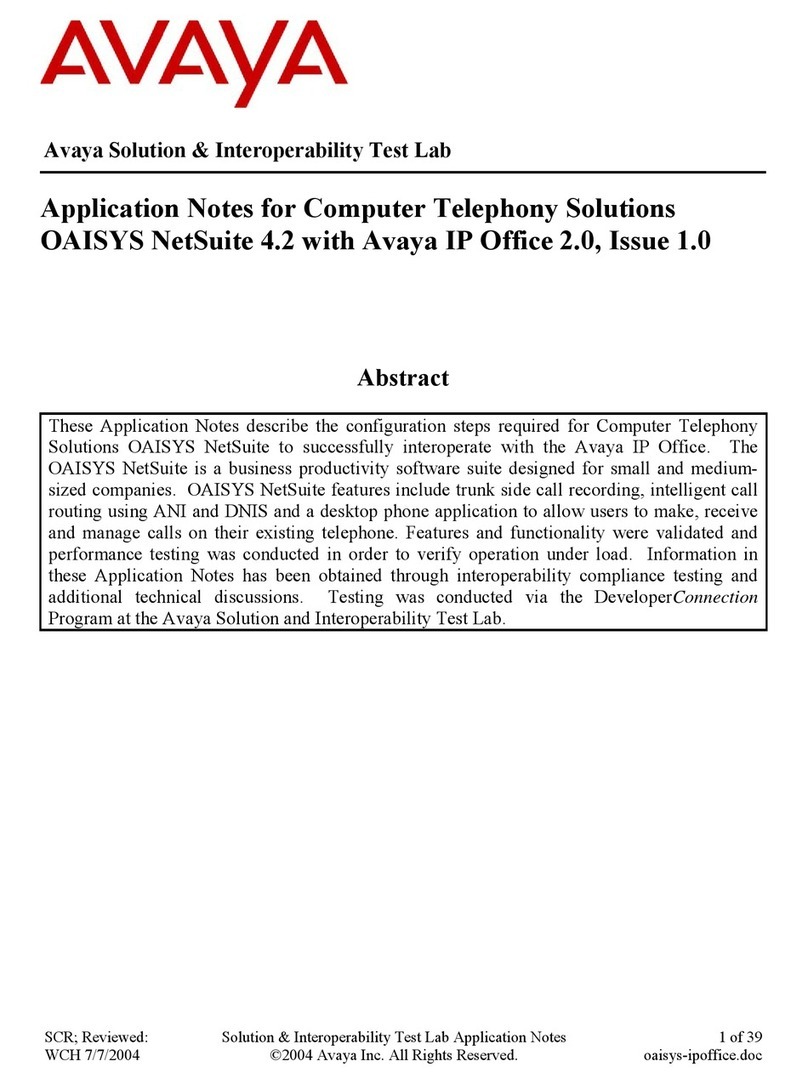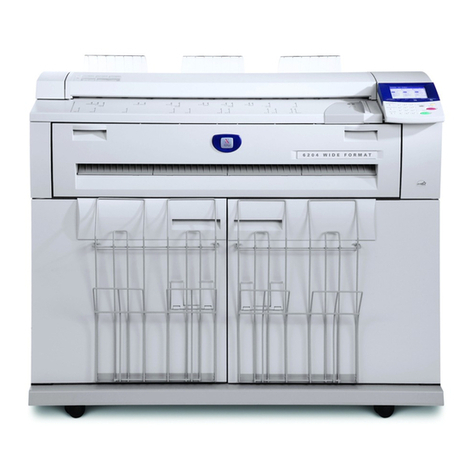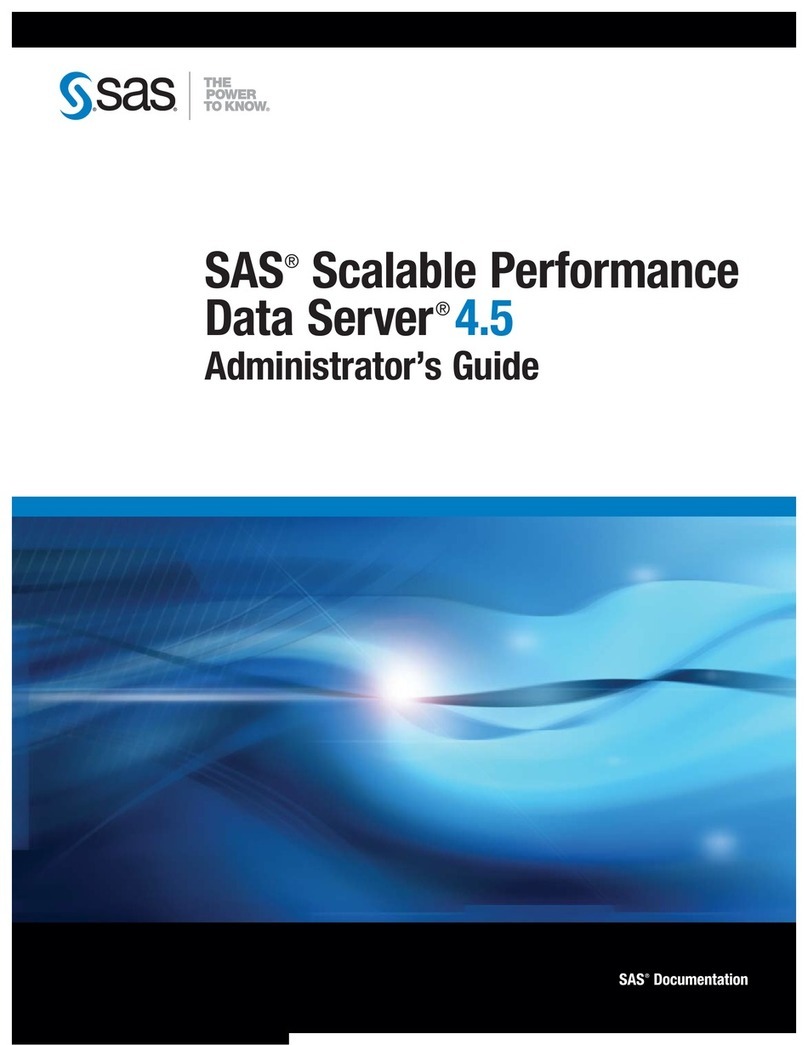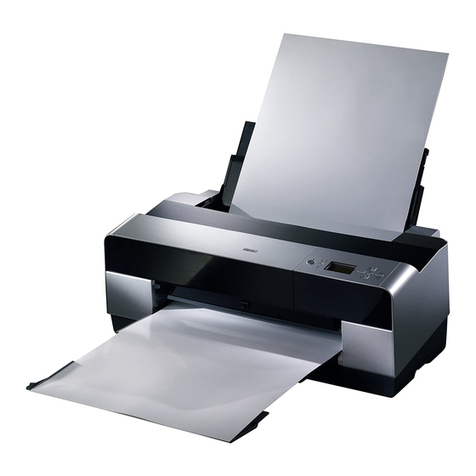
User’s Manual
1
Table of Contents
1. Overview..........................................................................................................................2
1.1 System Requirement.............................................................................................3
2. Software Installation.......................................................................................................4
3. Software Upgrade...........................................................................................................6
3.1 Automatic Software Upgrade.................................................................................6
3.2 Manual Software Upgrade.....................................................................................7
4. Start Up VSS....................................................................................................................8
4.1 Starting Up.............................................................................................................8
4.2 Login......................................................................................................................8
5. VSS Main Window ..........................................................................................................9
5.1 VSS Icon in the System Tray...............................................................................11
6. Configure VSS ..............................................................................................................12
6.1 Sites Edit..............................................................................................................13
6.1.1 Groups Settings..........................................................................................13
6.1.2 Site Settings...............................................................................................16
6.2 Login Setting........................................................................................................22
6.3 Users Edit............................................................................................................24
6.4 Client Setting .......................................................................................................26
6.5 Event....................................................................................................................27
6.6 File Path...............................................................................................................28
6.7 DynDNS...............................................................................................................30
6.8 Device Wizard......................................................................................................31
6.9 Export or Import Settings.....................................................................................32
7. Operation of VSS..........................................................................................................33
7.1 Instant Record Function ......................................................................................33
7.2 Configuration Menu of IP Cameras.....................................................................34
7.3 Schedule Record Function..................................................................................39
7.4 Lock Function ......................................................................................................44
Appendix A: Troubleshooting...........................................................................................45



























